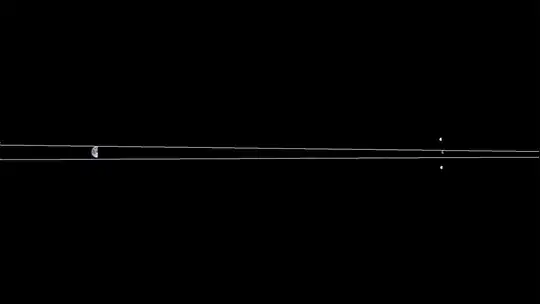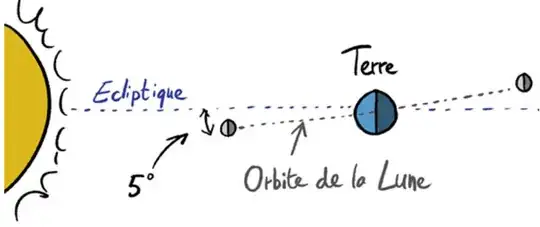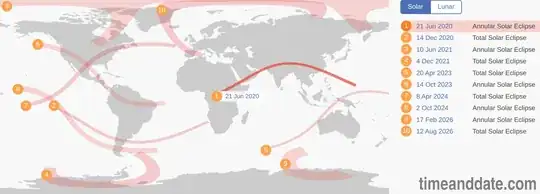Your question could also be phrased the other way -- why do we not observe a lunar eclipse on every full moon? It's the same reason as we do not observe a solar eclipse every new moon.
As you correctly note, the orbit of the Moon is an ellipse that is tilted with respect to the orbital plane of the Earth around the sun. A lot of people have difficulty visualizing why it is that eclipses are rare, and I suspect it is because they have never seen an accurate diagram. The diagram shown in usernumber's answer is typical in that it is massively out of scale. Here is a rough drawing I made showing a lunar eclipse:

(You can click on the image to zoom in.)
Here we have the Earth on the left, the Sun off screen to the very, very, very far left, and several copies of the Moon to the right. The relative size and separation of the Earth and Moon is roughly to scale, and the two white lines above and below the Earth are drawn such that they are at the correct angle to hit the top and bottom of the Sun.
Therefore the cone to the right of the Earth is the shadow that the Earth casts; if you are inside this region, the Earth is shadowing you from the Sun.
The three copies of the Moon show where the Moon is when it is at the highest point in its tilted orbit, and where it is at the lowest point, and in the middle, we have a lunar eclipse. Clearly there is only a small window of opportunity for everything to line up just perfectly to make a lunar eclipse. And as you can see, the cone is larger than the Moon, so when we have a lunar eclipse it frequently eclipses the entire Moon.
Now you do the same but swap the positions of the Earth and Moon(s), and draw accurate cones that show the shadow of the Moon falling on, or past, the Earth, and you will quickly see why it is that (1) we have solar eclipses rarely, and (2) why the total eclipse shadow only covers a small region of the Earth. Actually draw an accurate diagram yourself. If you get in that habit, you will find that you can work out for yourself the answers to many physics and astronomy questions.


